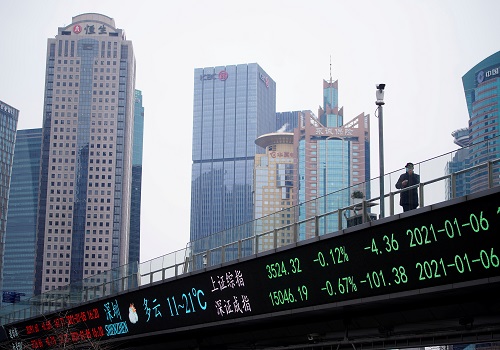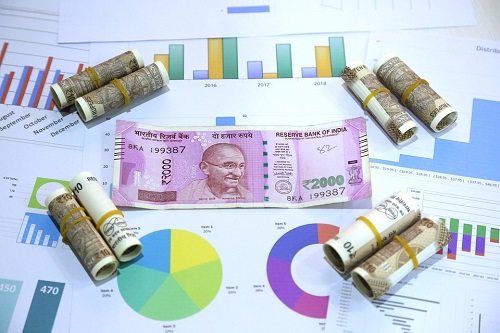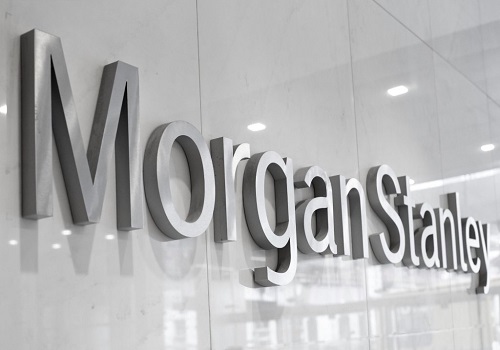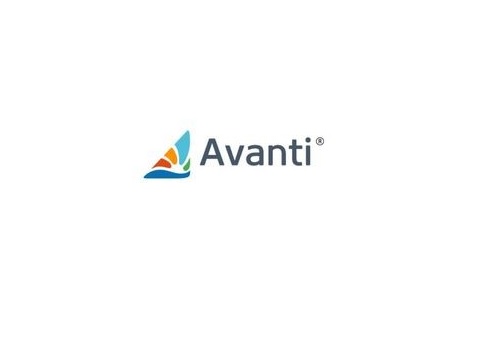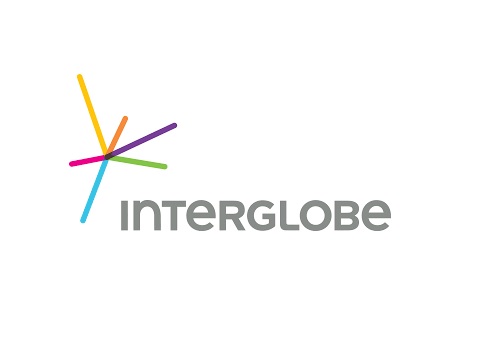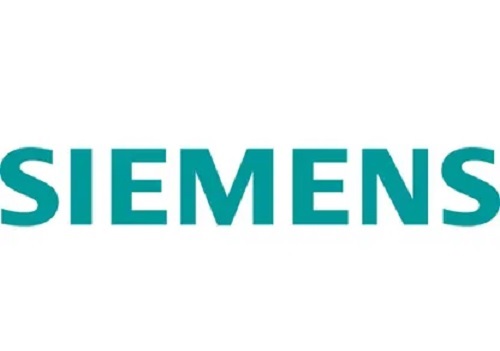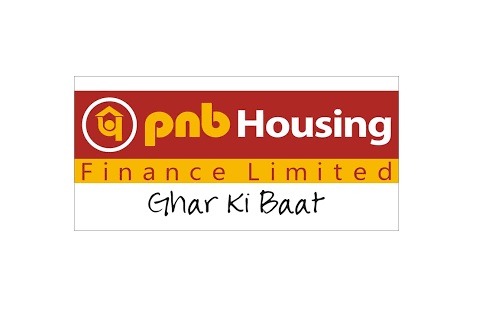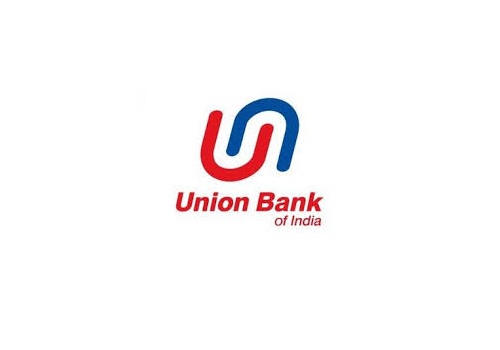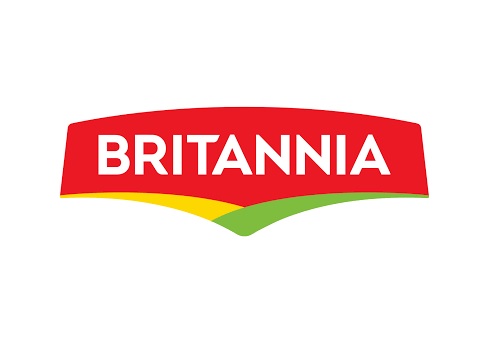Buy Zomato Ltd For Target Rs.155 - JM Financial Institutional Securities
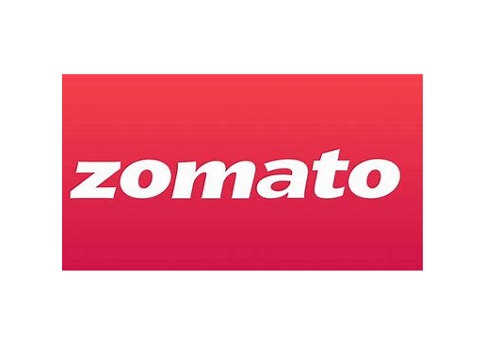
Follow us Now on Telegram ! Get daily 10 - 12 important updates on Business, Finance and Investment. Join our Telegram Channel
Gold program accelerates food delivery GOV growth
Zomato’s sequential GOV expansion in food delivery (+9% QoQ vs. JMFe of +4%) as well as Blinkit (+29% QoQ vs. JMFe of +17%) businesses in 2QFY24 surprised us positively. Another positive surprise was the near-doubling of the company’s Gold membership program from 2mn to 3.8mn, in a matter of just one quarter, amidst muted growth trends in the underlying industry and intensified competitive intensity. In fact, Gold subscribers now contribute c.40% to Zomato’s food delivery GOV vs. 33%/19% in 1QFY24/4QFY23. These developments augur well for the business, as subscriptions typically have a positive impact on a) customer stickiness and 2) ordering frequencies. Here, we highlight that Gold orders presently have a significant dilutive impact on contribution margin, which led to slowing down of sequential adj. EBITDA margin expansion in the food delivery business in 2Q, indicating a deliberate trade-off by the management. During the quarter, Blinkit exceeded expectations on sequential GOV growth but also turned contribution margin break-even and narrowed adj. EBITDA loss %. The company continues to guide for adj. EBITDA break-even in the business by 1QFY25, which we believe is achievable. Basis the results and strong GOV growth outlook in key businesses, we expect the stock to remain buoyant despite sharp recent up-moves.
* Gold program accelerates Food delivery GOV growth: Food Delivery GOV grew 9% QoQ (+20% YoY) to INR 79.8bn, well ahead of JMFe of +4.2% QoQ. We estimate order volume grew c.9% QoQ, aided by a sharp jump in MTUs to 18.4mn from 17.5mn in 1Q, while ordering frequency improved 3% QoQ. Growth was primarily driven by strong ‘Gold’ adoption. The programme contributed 40%+ to GOV in 2Q vs. 33% in 1Q, with subscribers almost doubling in one quarter. The management expects GOV growth of ~25-30% YoY (moderate to high single digit QoQ growth) in 3Q, partly aided by the Cricket World Cup. We raise GOV estimates by 4-7% over FY24-26E assuming growing ‘Gold’ adoption leads to higher MTUs as well as order frequency.
* Growing Gold share and salary hikes slowed margin expansion in food delivery: Adj. EBITDA margin as % of GOV improved from 2.5% in 1Q to 2.6% in 2Q, but was below JMFe of 2.8%. Key factors slowing the expansion were 1) the dilutive impact of Gold orders, which meant that contribution margin expanded only 20bps QoQ to 6.6% (vs. JMFe of 6.8%) despite the fact that reported take rate improved 70bps QoQ and 2) fixed expenses grew 13% QoQ (mainly due to salary hikes in July). We believe there is sufficient scope for expansion of take rate by 60-80bps from 19.4% in 2Q driven by a mix of restaurant commissions (as % of net sales value), b) ad income from restaurants, and c) platform/membership subscription fees. This should be one of the key drivers of margin expansion hereon apart from operating leverage. We moderate our adj. EBITDA margin forecasts by 20-50bps over FY24-26E to factor in increased Gold order share in GOV.
* Blinkit’s GOV grows 29%QoQ, business now contribution positive: Blinkit’s GOV in 2Q stood at 27.6bn (+29% QoQ, +86% YoY), a beat on JMFe of 17% QoQ. The beat was on account of better-than-expected MTUs as well as AOVs. AOV continued to increase sequentially, from INR 582 in 1QFY24 to INR 607 in 2Q. The management attributed the AOV increase to assortment and GOV mix moving in favour of high average selling price categories (such as electronics, toys, books, beauty products, home décor, festive needs, among others). Having mentioned that AOVs are likely to remain volalitle in the near to medium term due to seasonal factors. Basis early trends, the management expects another quarter of very strong sequential growth in 3Q. This will be partly aided by ~100 net new store additions in FY24, 28 of which were added in 2Q. Take-rate improvement in Blinkit continued in 2Q albeit it was lower than our estimate. Take rate now stands at 18.3% vs. 17.9% in 1QFY24. Blinkit turned contribution margin positive in 2Q, with a margin of +1.3% vs. a loss of 0.6% in 1Q. The contribution improvement was aided by strong store level operating leverage as well as take-rate expansion. Lastly, adj. EBITDA as % of GOV stood at -4.5% vs. -6.2% in 1Q, a 170 bps sequential improvement, ahead of JMFe of -4.7%. We believe take-rate expansion, store operating leverage and corporate level operating leverage are key levers for near term margin expansion to break-even levels in Blinkit.
* TAM as well as prospective profit pools for Blinkit could be much wider than in food delivery: Blinkit has been seeing steady adoption since its acqusiition 5 quarters back. In fact, in cities where Blinkit has an overallaping presence with Zomato’s food delivery business, the former’s GOV was 47% of the latter’s GOV in those cities in 2QFY24 vs. 31% in 2QFY23. This is in line with our expectation that Quick Commerce platforms could have a realistic TAM that is significantly bigger than Food Delivery as these businesses compete largely with the unorganised mom-and-pop stores (convenience stores) and offer the ‘wow’ factor in terms of convenience and instant gratification. Therefore, even with a limited city presence, we expect these businesses to continue to grow at an exponential rate on the back of under-penetration and expanding use cases (from just grocery to other e-commerce categories such as electronics, stationery, BPC, etc.). Continued improvement in Blinkit’s MTUs (from around 1.5mn in Jan’22 to 4.7mn in Sep-Q) despite scaling down of dark stores (from around 450 in Jan’22 to 411 in SepQ) and limited customer incentives (INR 1-2 per order vs. INR 6-7 per order in food delivery) suggests growing acceptance of the business model by consumers. In fact, average throughput per store was ~1,200 orders per day in 2QFY24, a 2x+ increase from <600 orders in 1QFY23. These trends have been well supported by continued industry consolidation to primarily three players now from 7-8 players a year back. As Blinkit continues to scale up and its path to profitability is much clearer, we believe market should start attributing value to this business as well.
Please refer disclaimer at https://www.jmfl.com/disclaimer
SEBI Registration Number is INM000010361




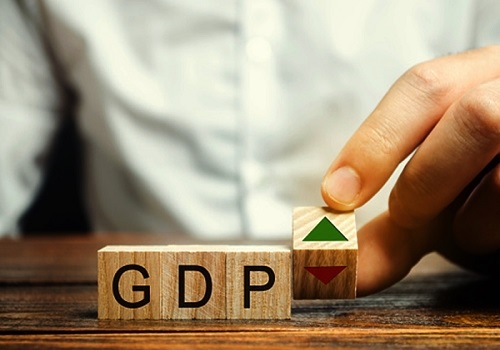
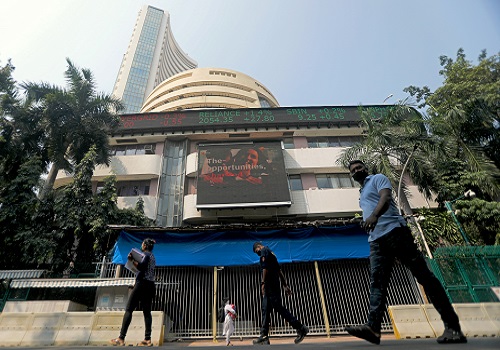
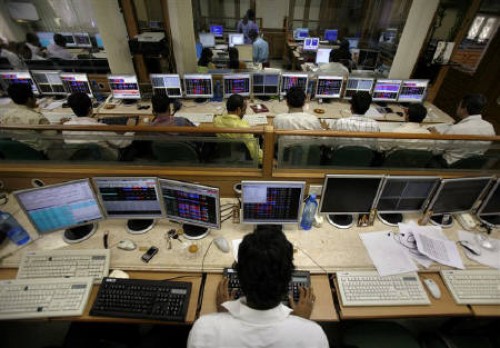
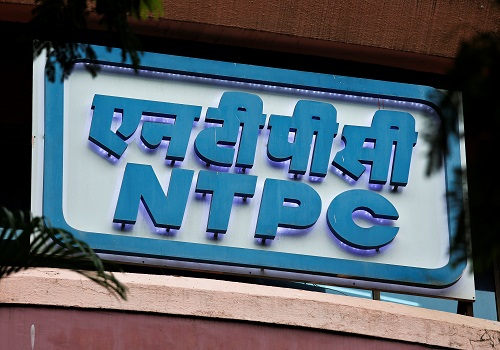




 320-x-100_uti_gold.jpg" alt="Advertisement">
320-x-100_uti_gold.jpg" alt="Advertisement">

